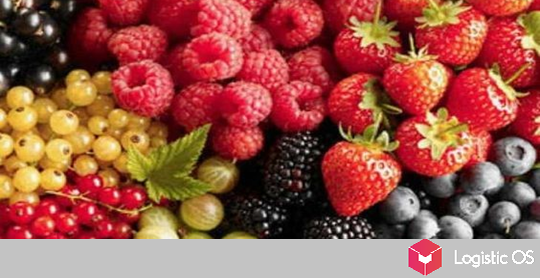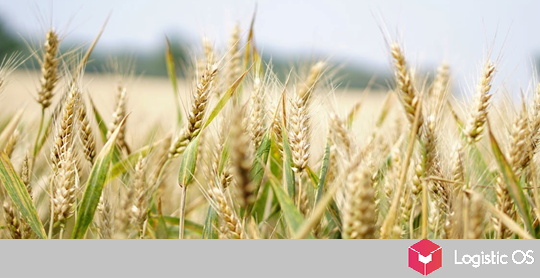According to the latest data, in the first half of 2025, domestic sales of Russian agricultural machinery fell by almost a third.
During the specified period, the total volume of agricultural machinery sold in monetary terms amounted to about 75 billion rubles, experts note.
This is a 32% drop compared to the previous half of the year. Thus, the dynamics continue to be extremely negative, despite the fact that the drop was slightly less than in the second half of 2024: then it was almost 33%.
Experts note that a serious drop in sales is typical for almost all popular types of agricultural machinery.
For example, sales of grain harvesters decreased by 60%, forage harvesters — by 40%, tractors — by 36%. This trend also affected harrows, cultivators, seeders and many other types of equipment.
One of the main reasons that lead to such an unsatisfactory state of affairs is the high key rate of the Central Bank, analysts believe. Its consequence is that the terms of loans for the purchase of equipment are extremely unfavorable, and many agricultural producers simply cannot afford it.
In addition, due to falling prices for agricultural products and prohibitive export duties, many companies do not receive enough revenue even to cover their own costs.
In such a situation, it is not surprising that updating the fleet of agricultural machinery is not at the top of the list of priorities.
A good solution could be to increase government funding for the 1234 program, which allows equipment manufacturers to receive subsidies for providing discounts to farmers. The lack of financial support for this program leads to the fact that many companies do not have the funds to purchase equipment.
Also, providing preferential loans for the purchase of agricultural machinery at even lower rates than is currently done could help farmers.
At the same time, experts note that even a multiple increase in funding for these programs, although it would support farmers, would not allow them to return to high volumes of purchasing agricultural machinery right now.
This will only be possible after the main obstacles are removed: banks will be able to offer adequate interest rates on loans, and the profitability of agricultural producers will be at a level where they will have a chance not only to service their current activities, but also to invest funds in their own development.

